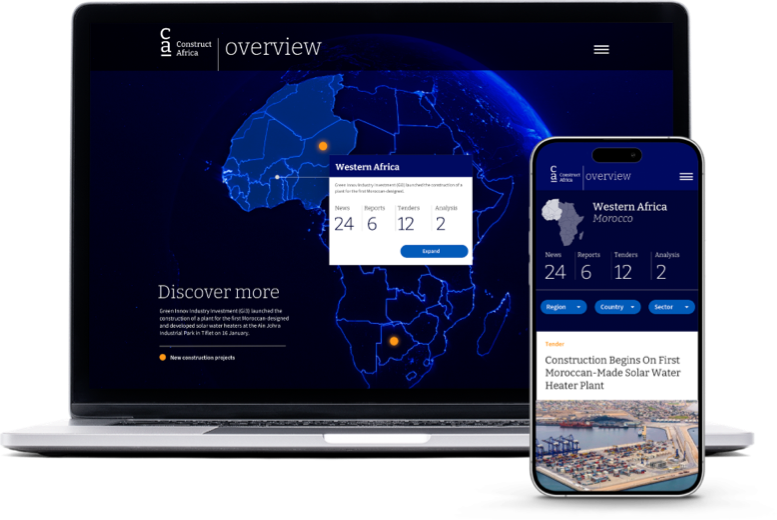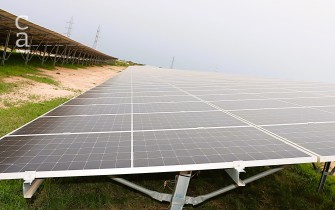Interview: Engineer Malani Padayachee-Saman, Founder and CEO, MPAMOT
FreeConsultancy named one of the 50 fastest growing women-led businesses worldwide.
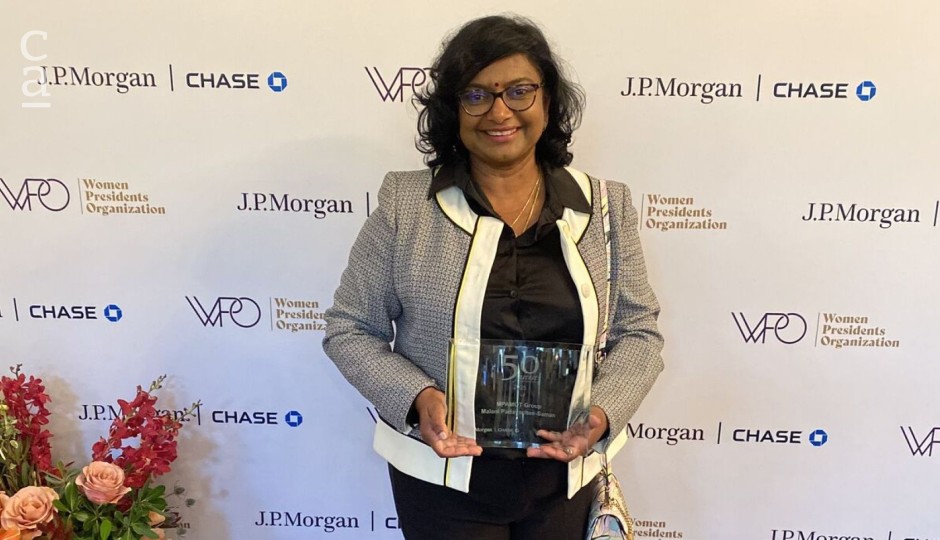
Sustainable infrastructure development in Africa hinges on regional integration, supported by a sound regulatory framework, says Engineer Malani Padayachee-Saman, founder and CEO of South Africa-based consultancy MPAMOT.
In an exclusive interview with ConstructAfrica, Padayachee-Saman, who is a member of the ConstructAfrica Industry Advisory Board (CIAB), says African governments should prioritise comprehensive regional integration underpinned by robust masterplanning, the lack of upstream investment in which is the “Achilles’ heel of many infrastructure initiatives”.
As one of the first professional female civil engineers in South Africa, one of Africa’s largest economies, Padayachee-Saman is intricately aware of the growth potential of the continent’s construction and infrastructure industries, and the challenges that could derail their transformation.
Her firm, MPAMOT, is a joint venture of Malani Padayachee & Associates (MPA), which she established more than 25 years ago, and fellow South African firm Motseng Women Investments (Motseng). The team went on to acquire Mott MacDonald Africa, the South African subsidiary of UK-based consultancy Mott MacDonald. MPAMOT is currently the largest 100% black women-owned engineering and infrastructure development consultancy of its size and capability in South Africa.
“Our operations are structured around five key portfolios: energy, power, infrastructure, advisory and transportation,” says Padayachee-Saman. “These portfolios enable us to deliver integrated, future-facing solutions that not only meet technical specifications but are tailored to meet broader societal needs. We are not simply engineers, we are enablers of transformation through infrastructure and sustainable development.”
MPAMOT is involved in various high-profile projects across Southern, Western and Eastern Africa, with one of its most recent achievements being the US$724 million Redstone concentrated solar power (CSP) project in South Africa, which began commercial operations in June.
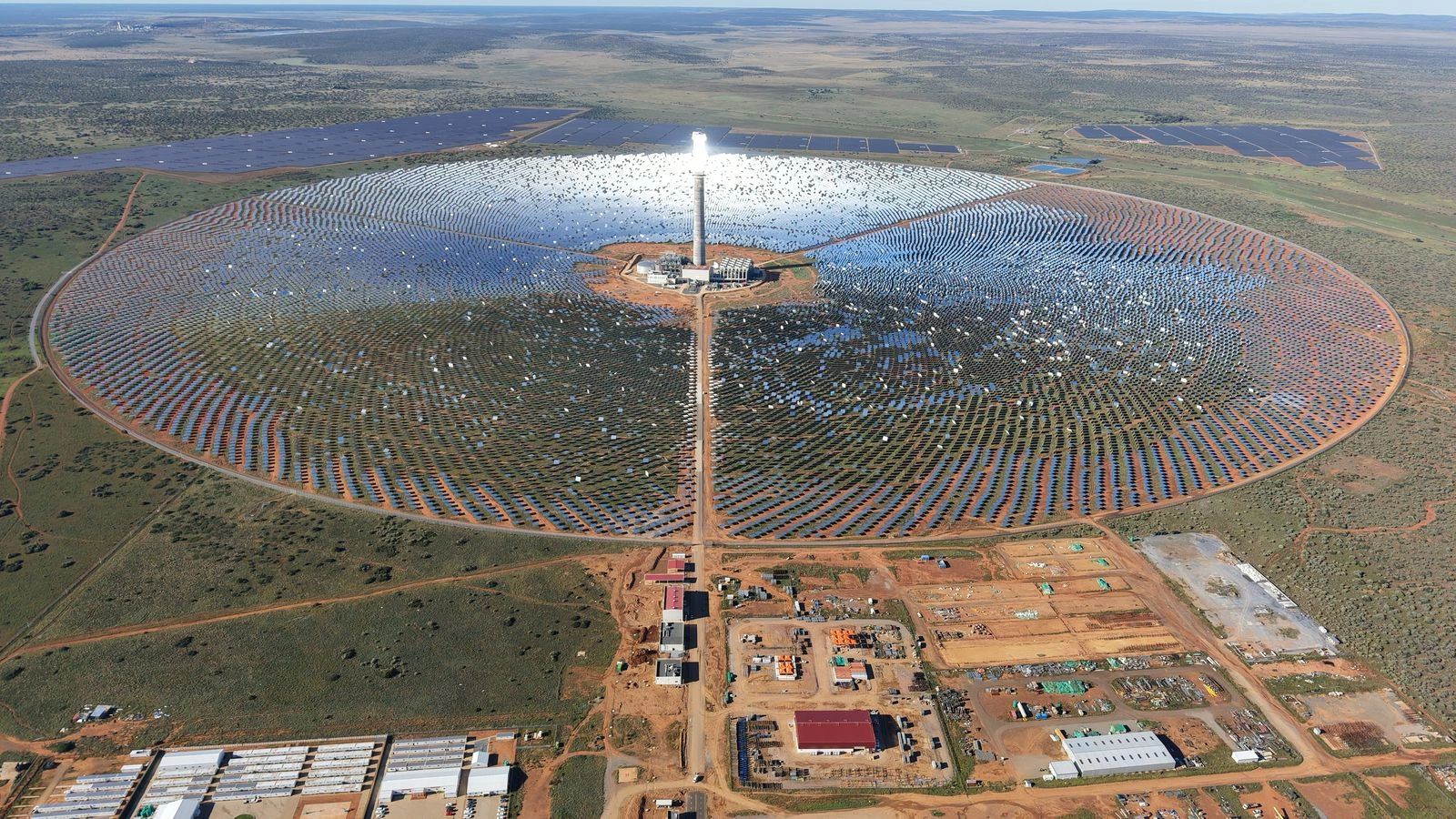
The Redstone scheme is Sub-Saharan Africa's first molten salt solar thermal power plant in a tower configuration and the largest investment project in South Africa's Northern Cape province, according to the contractor PowerChina. MPAMOT acted as lender’s engineer, providing social safeguarding specialist construction monitoring services, with specific attention to labour and workforce compliance.
The previous month, MPAMOT was recognised by the US-based Women Presidents Organisation (WPO) and US bank JPMorganChase as one of the top 50 fastest-growing women-owned and led organisations worldwide. The WPO said the recognition is aimed at affirming the essential role women-owned and led businesses play in building a more sustainable and inclusive economy.
“Such recognition is not simply about individual achievement,” says Padayachee-Saman. “It represents a broader narrative about Africa’s entrepreneurial resilience. Operating within constrained environments has instilled in us a distinctive business acumen and tenacity. These qualities, when matched with access to capital and strategic partnerships, can exponentially accelerate Africa’s development trajectory.”
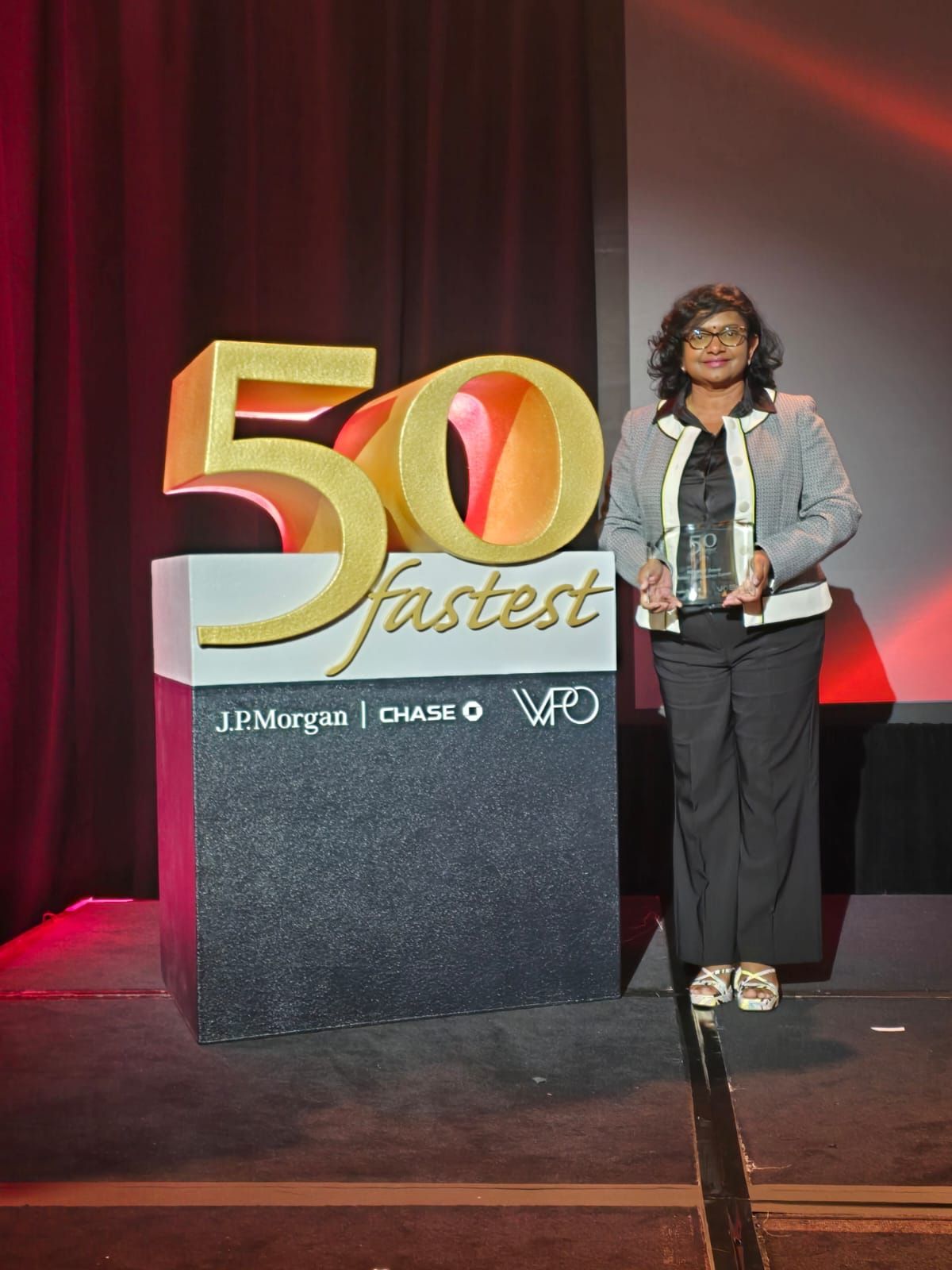
On closing the significant funding gap for the continent’s infrastructure needs, estimated at US$130-170 billion annually, Padayachee-Saman says public-private partnerships (PPPs) offer a viable route forward, provided they are designed with multi-dimensional objectives and beyond just financial return.
“Traditional delivery models are insufficient for the scale and complexity of Africa’s needs,” she says. “We require upfront investment to scope projects rigorously and build the necessary institutional capacity.
“PPPs have the potential to unblock critical infrastructure backlogs, but only if risks are effectively identified and mitigated from the outset. It’s imperative that such models consider the broader ecosystem, linking low-income beneficiaries to economic hubs that can enable upward mobility. These partnerships must include measurable social, economic and environmental outcomes, particularly in rural and underdeveloped areas.”
Furthermore, more funding must be allocated to early-stage project scoping, says Padayachee-Saman, allowing professionals to model complex delivery frameworks. “Through [MPAMOT’s] advisory portfolio, we champion financial instruments that account for long-term, often intangible outcomes like employment generation, technology transfer and regional economic integration.”
Cross-continental collaboration with developed economies – through knowledge transfer and long-term technical assistance – will also be crucial to plug Africa’s infrastructure deficit, says Padayachee-Saman. “This approach can ensure sustainable, high-impact outcomes across all five of [MPAMOT’s] portfolios.”
The continent’s demographics are seen as another potential game-changer for its growth potential. “Africa’s young population – arguably its most promising asset – positions the continent as a global hub for construction and engineering talent,” says Padayachee-Saman.
“By investing in technical skills development through secondments and international collaboration, we can build a generation of globally competitive professionals. [MPAMOT’s] transport and advisory portfolios are already actively exploring ways to make these cross-border learning opportunities mutually beneficial for developed and developing economies alike.”
However, she adds, Africa must be positioned not only as a source of talent but as a training ground for solving complex, resource-constrained challenges – experiences that enrich both local and international practitioners.
On a more inventive note, Padayachee-Saman believes Africa’s extraordinary biodiversity offers boundless inspiration for innovative engineering solutions.
“Personally, I am fascinated by biomimicry – the art of learning from nature’s designs – and I believe there is a vital need for greater investment in research and development in this space,” she says. “This could unlock untapped potential for sustainable solutions in both the energy and infrastructure sectors.”
On the construction and engineering industry in South Africa, Padayachee-Saman notes bright spots as well as systemic challenges facing the sector, namely a shortage of skills and aggressive fee discounting.
“The skills deficit is multifaceted,” she says. “On one hand, we are actively engaging with educational institutions to attract young talent into engineering. However, many graduates are absorbed into sectors unrelated to their training, creating a leakage in the professional pipeline. A policy intervention requiring a minimum tenure within the profession post-graduation could help stem this tide.
“Secondly, our graduates are in high demand globally. While this is testament to the quality of our engineering education, it also means we lose critical skills at home.
“Fee discounting in the South African context further exacerbates the problem. Reduced margins limit our ability to reinvest in training and development. Regulatory reform is essential to restore value in professional services. Furthermore, enabling policies that foster gender inclusivity – aligned with the [UN’s] Sustainable Development Goals [SDGs] – must be embedded across the continent.”
Padayachee-Saman also highlights the impact of project disruptions on South Africa’s construction and engineering sector. “Our industry is increasingly hamstrung by project disruptions, particularly stoppages that lead to delays and cost overruns,” she says. “These have severe knock-on effects, especially for lower-income communities who suffer from diminished access to markets and rising transport costs. [MPAMOT’s] transport and infrastructure portfolios are acutely aware of this inequity.
“Another persistent challenge is the lack of accessible project preparation funding. Without upfront investment in feasibility studies, many promising concepts remain on the drawing board. We advocate for a model in which built environment professionals can participate in early-stage risk with a commensurate equity stake in downstream implementation. This would realign incentives and catalyse project execution.
“Public infrastructure is also deteriorating due to municipal capacity issues and deferred maintenance. The shift towards newer, efficient technologies requires not only capital but also structured training to support adoption, especially in [MPAMOT’s] power and energy portfolios. Change management and labour engagement are critical components often overlooked in the implementation of advanced systems.”
MPAMOT is engaged in various renewable energy projects in South Africa, and Padayachee-Saman says that while the country’s Just Energy Transition (JET) initiative provides an enabling framework for the expansion of renewable energy, the localisation of skills remains paramount.
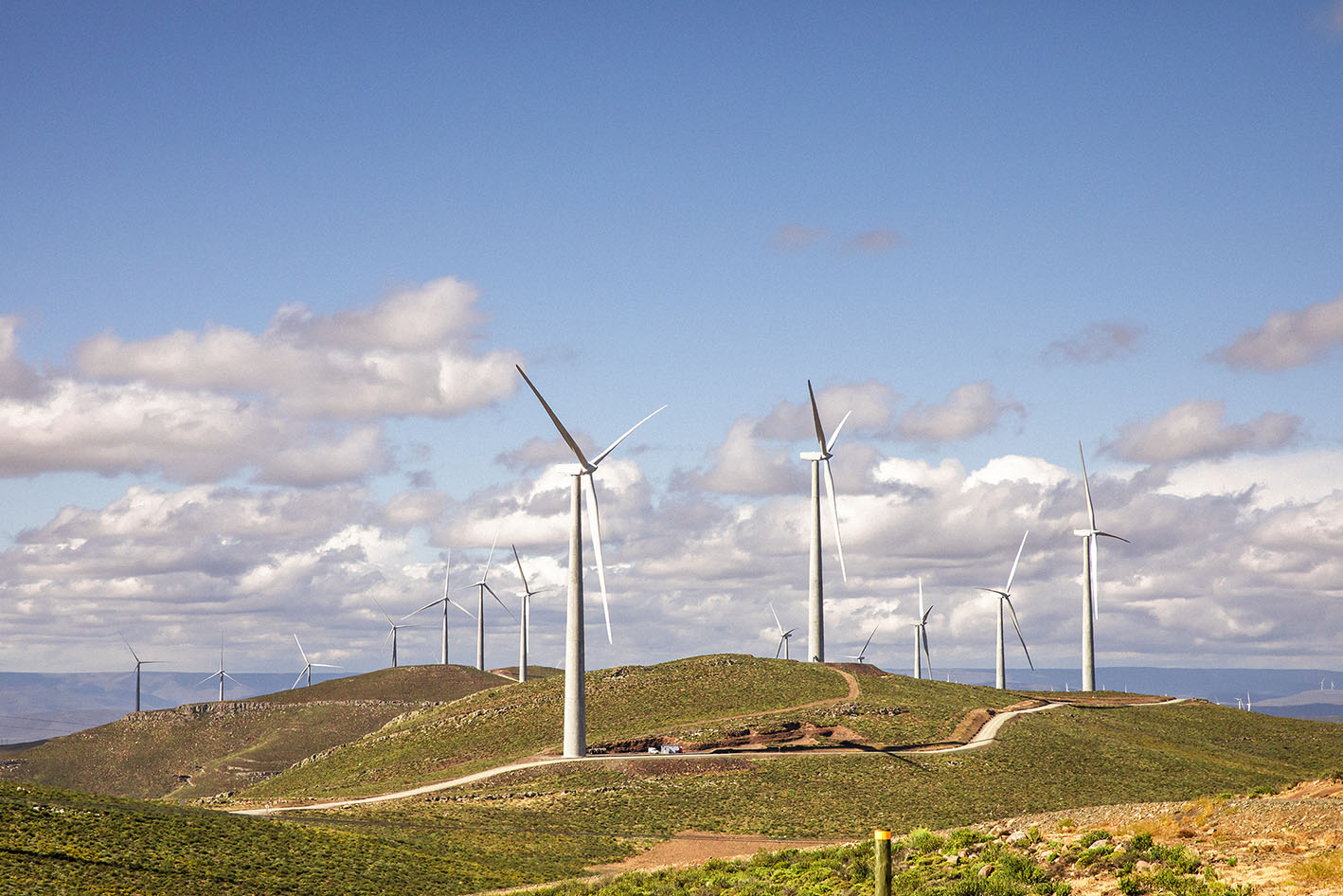
“We cannot afford to be reliant on external expertise for such a critical sector,” she says. “Equally, we must consider the socio-economic impact on communities transitioning away from fossil fuels. Education – beginning with early childhood development and continuing through specialised schooling – is the most sustainable way to future-proof these regions. In doing so, we not only drive the energy transition but address urbanisation pressures and infrastructural strain by creating opportunities where people already live.”
On MPAMOT’s expansion plans, Padayachee-Saman says the primary focus remains the Southern African Development Community (SADC) region, where the firm has already secured strategic projects. “However, we are also exploring opportunities in West and East Africa,” she says.
“Our ambition is to unlock Africa’s latent potential through meaningful collaboration, whether with local partners or global firms. Our advisory and infrastructure portfolios are committed to masterplanning and long-term value creation, ensuring every project, from shopping centres to transportation hubs, is attuned to broader socio-economic priorities.”
On the role that ConstructAfrica and the media can play in improving the construction industry in Africa, Padayachee-Saman says the media has a unique opportunity to elevate underrepresented voices, particularly those of women, in the built environment.
“Deliberate visibility campaigns can help drive both attraction and retention, enabling more diverse and inclusive engineering solutions,” she opines.
“Secondly, elevating the status and importance of masterplanning and project scoping is crucial, [and] more importantly, supporting and influencing built environment professionals to ensure ‘shovel-ready’ projects are genuinely shovel-ready. This requires serious commitment to enable professionals to engage in scoping and delivering projects within planned timeframes. Financial support for upfront work is essential and financial institutions must create enabling instruments to address the gap prior to bankable feasibility studies.”
Top photo: Eng Malani Padayachee-Saman (Source: LinkedIn @ Eng Malani)
Discover
myConstructAfrica
Your one-stop-shop for information and actionable intelligence on the construction and infrastructure pipeline in African countries
- News, analysis and commentary to keep up-to-date with the construction landscape in Africa.
- Industry Reports providing strategic competitive intelligence on construction markets in African countries for analysts and decision-makers.
- Pipeline Platform tracking construction and infrastructure project opportunities across Africa from conception to completion.
- Access to contact details of developers, contractors, and consultants on construction projects in Africa.
- News and analysis on construction in Africa.
- Industry Reports on construction markets in African countries.
- Pipeline platform tracking construction and infrastructure projects in Africa.
- Access to contact details on construction projects in Africa.
